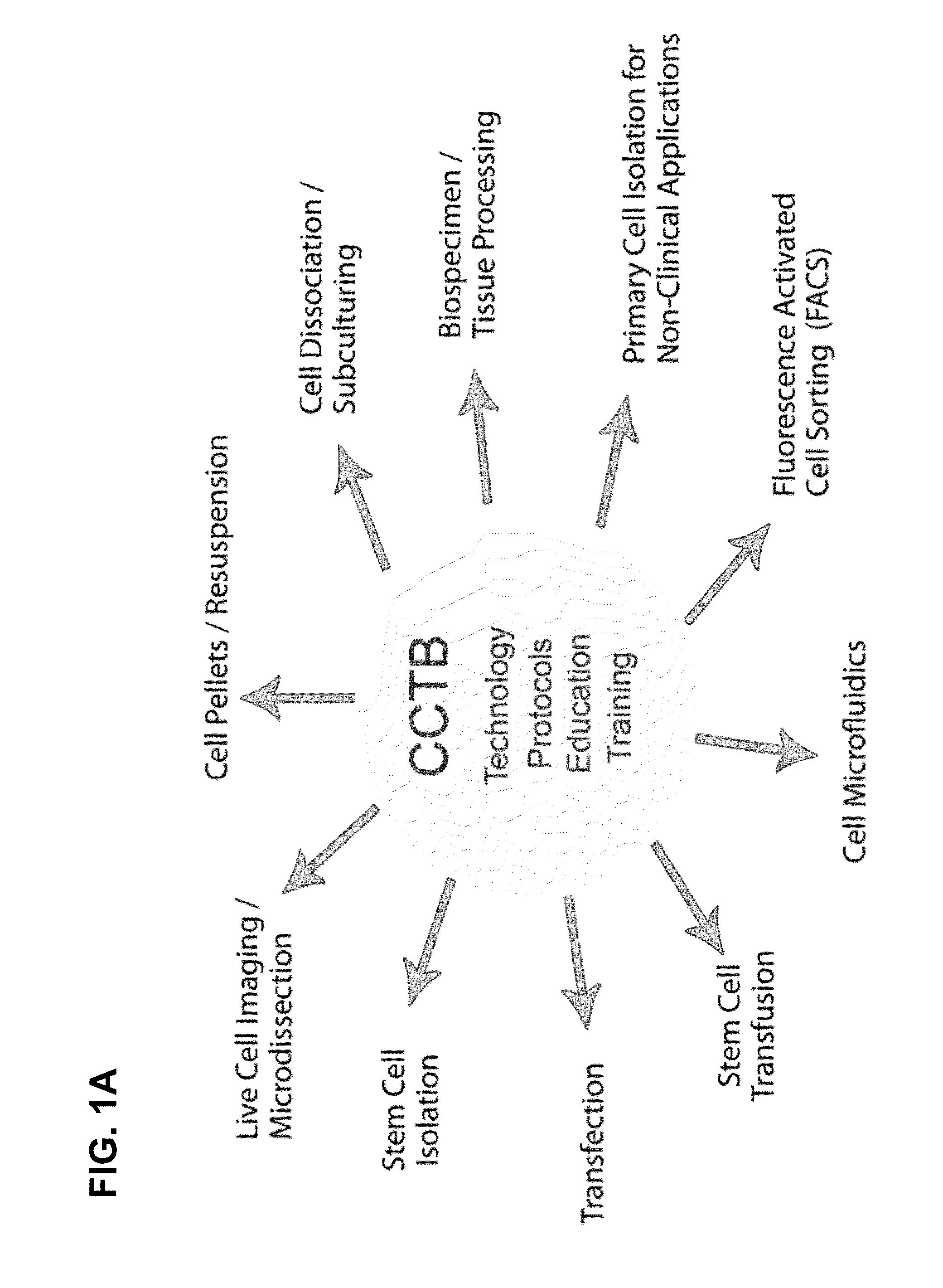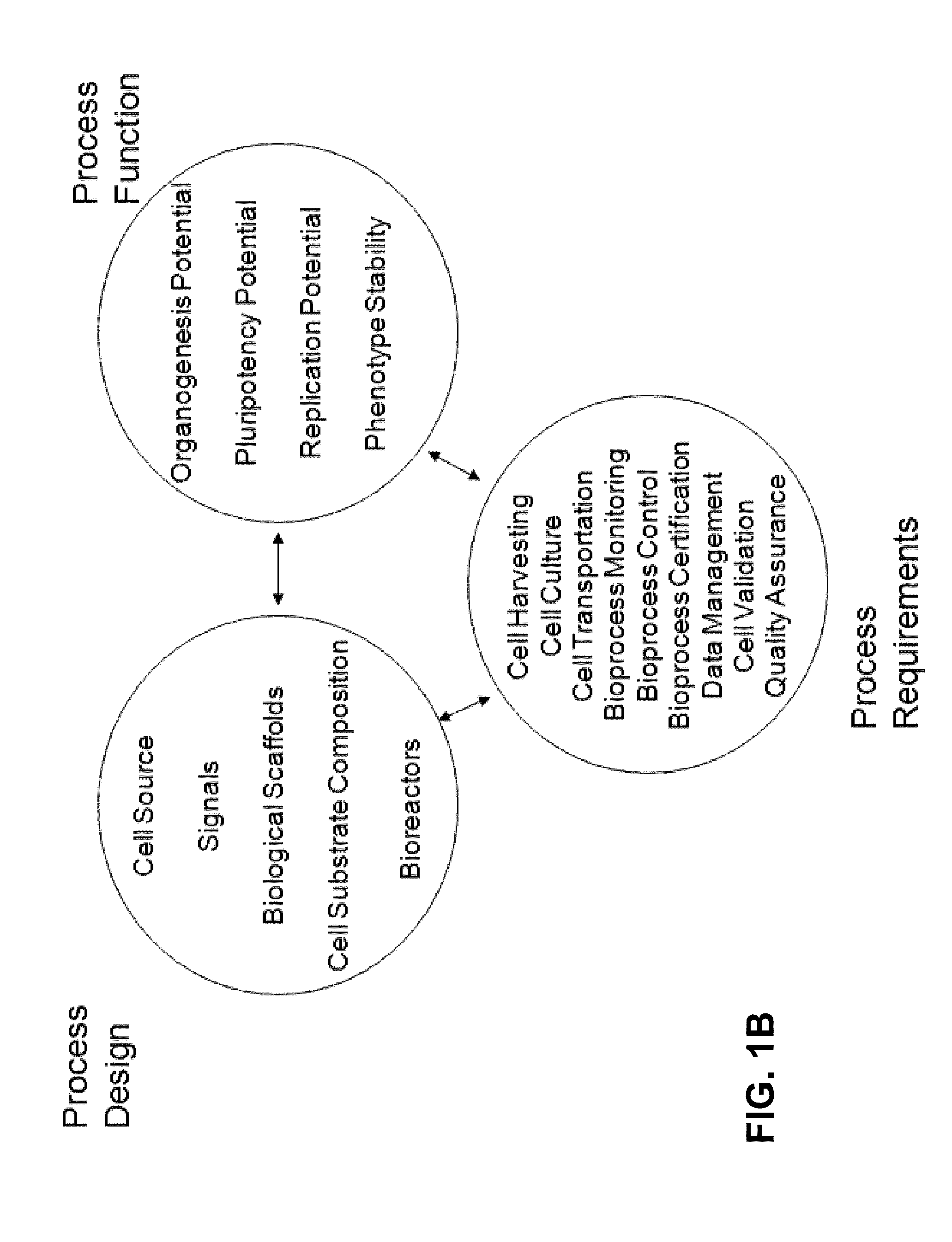Cell selection method
a cell selection and cell technology, applied in the field of cell and molecular biology, can solve the problems that the basic structure of classical cell culture media does not provide a means to support efficient cell bioprocessing, and achieve the effect of improving the yield and function of human cells
- Summary
- Abstract
- Description
- Claims
- Application Information
AI Technical Summary
Benefits of technology
Problems solved by technology
Method used
Image
Examples
Embodiment Construction
[0046]In the following detailed description, for purposes of explanation and not limitation, exemplary embodiments disclosing specific details are set forth in order to provide a thorough understanding of the present invention. However, it will be apparent to one having ordinary skill in the art that the present invention may be practiced in other embodiments that depart from the specific details disclosed herein. In other instances, detailed descriptions of well-known devices and methods may be omitted so as not to obscure the description of the present invention.
[0047]The cell-guard product is a cell culture bioreactor media additive that is designed to extend the functional life and production capability of bioreactors. Cell-guard is composed of stress mitigation agents in either a tablet or concentrated liquid format.
[0048]In one embodiment, the cell-guard additive is designed to enhance the lifespan and functionality of cells by reducing stress response in a variety of cell bio...
PUM
| Property | Measurement | Unit |
|---|---|---|
| hypothermic stress | aaaaa | aaaaa |
| temperature | aaaaa | aaaaa |
| concentration | aaaaa | aaaaa |
Abstract
Description
Claims
Application Information
 Login to View More
Login to View More - R&D
- Intellectual Property
- Life Sciences
- Materials
- Tech Scout
- Unparalleled Data Quality
- Higher Quality Content
- 60% Fewer Hallucinations
Browse by: Latest US Patents, China's latest patents, Technical Efficacy Thesaurus, Application Domain, Technology Topic, Popular Technical Reports.
© 2025 PatSnap. All rights reserved.Legal|Privacy policy|Modern Slavery Act Transparency Statement|Sitemap|About US| Contact US: help@patsnap.com



